Stonehenge near the solstice brings out the Druids
On a chilly, windy morning in mid-June, a few days before the summer solstice, we visited Stonehenge during our family vacation. Was it just a bunch of old rocks? Absolutely not. Visiting Stonehenge is a fascinating glimpse into the lives, beliefs, and mad rock-moving skills of prehistoric man. By some unknowable effort of determination and will, the people who lived here around 2,500 B.C. unearthed these huge stones from a distant location, dragged them here without the benefit of wheels or horses, and set them upright, even stacking massive slabs of stone on top of the upright pillars, forming two concentric circles. That the stones are still mostly standing here 4,500 years later is incredible.
Managed by English Heritage, the site is well organized. Because Stonehenge can get very crowded, we booked an early time to visit. You park at the visitors center and take a 10-minute shuttle that drops you off near the monument, keeping cars out of sight and earshot of the monument, which sits on an open, rolling plain.
You can walk all around Stonehenge, but unless it’s the solstice you can’t enter the circle or touch the stones without purchasing a special access ticket for outside of normal visiting hours. Even without entering the circle, however, it’s fascinating to walk the site and see the stones. And the restrictions have the added benefit of keeping people from mugging for selfies amid the stones while you’re taking photos.
Stonehenge is a burial ground. About 500 years before the stone circle was erected, it was a henge, or circular ditch, dug with primitive antler tools, within which was a circle of wooden posts or upright stones. Cremated human remains have been found in pits within the circle. It’s also a temple aligned with the rising sun at the summer solstice and setting sun at the winter solstice. Thousands of years ago, a ceremonial avenue led past this Heel Stone to the main entrance.
The main entrance aligns with the solstice sunrise. It’s also the best-preserved section, with lintel stones still resting atop the upright stones. I once read that Stonehenge and other ancient ruins were like Home Depot for later Britons, who used the stones as handy building materials for their own homes and structures. Considering how many centuries have gone by, it’s amazing to me that any of the stones remain.
The visitors center has a terrific 360-degree film of the solstice sunrise and sunset, as well as a time-lapse look at the structure’s rise and eventual decay, and you watch it from the perspective of being inside the stone circle. It’s very moving. Outside, there’s a stone replica on a wooden skid, and you can pull on it as the Neolithic people are thought to have done to move the stones.
Think about moving and placing these rocks with Stone Age technology!
We stayed 2-3 hours, and as we prepared to leave I noticed people in robes and capes (and even steampunk garb) congregating at the visitors center. Naturally I had to say hello and ask some questions! This trio introduced themselves as Druids and explained that they were meeting a few days before the summer solstice because it’s over-crowded on the big day.
They had a ceremony planned, and it kind of killed me that we missed it. How many times do you get to see Druids engaged in a nature-worshipping ritual at Stonehenge?
Ah well. We may have missed that, but I’m so glad we were able to visit Stonehenge on a moody midsummer morning and let ourselves feel the connection with ancient people across the centuries.
This concludes my recap of my tour through England, France, and Italy earlier this summer. For a look back at Part 2 of my visit to Great Dixter click here. You’ll find further links at the end of each post.
I welcome your comments; please scroll to the end of this post to leave one. If you’re reading this in a subscription email, click here to visit Digging and find the comment box at the end of each post.
_______________________
Digging Deeper: News and Upcoming Events
Join the mailing list for Garden Spark Talks! Inspired by the idea of house concerts, I’m hosting a series of garden talks by inspiring designers and authors out of my home. Talks are limited-attendance events and generally sell out within just a few days, so join the Garden Spark email list for early notifications. Simply click this link and ask to be added.
All material © 2006-2018 by Pam Penick for Digging. Unauthorized reproduction prohibited.


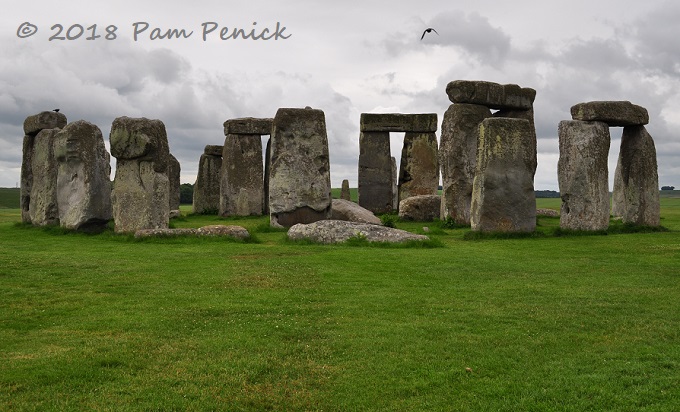
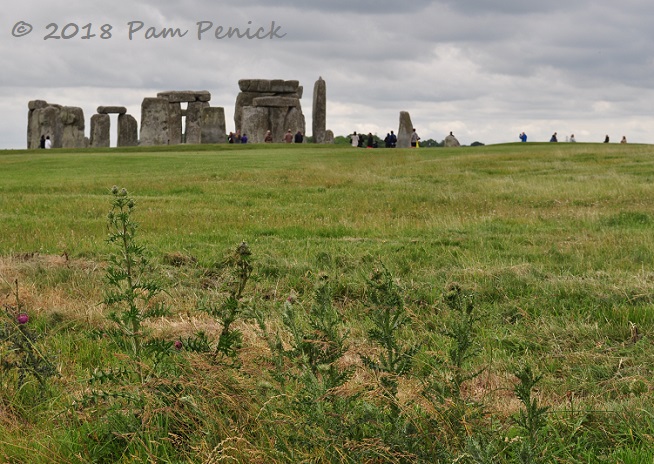
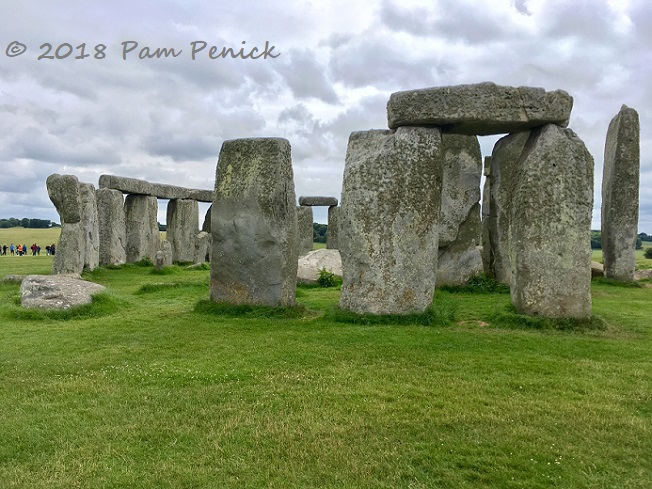
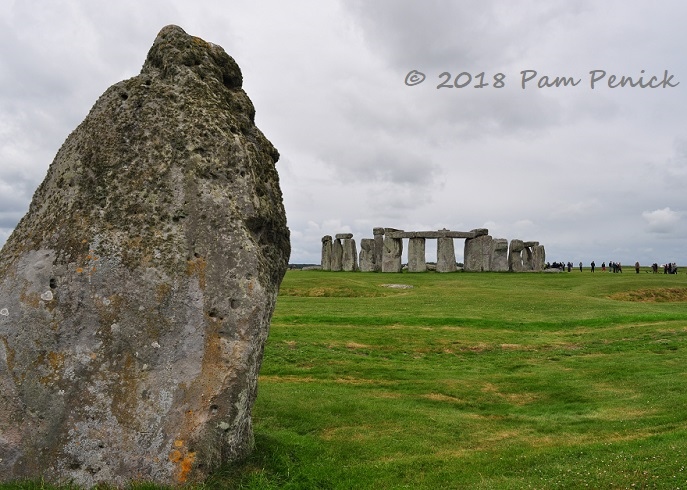
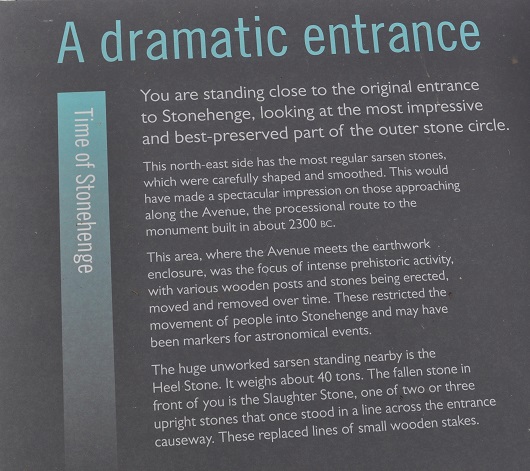
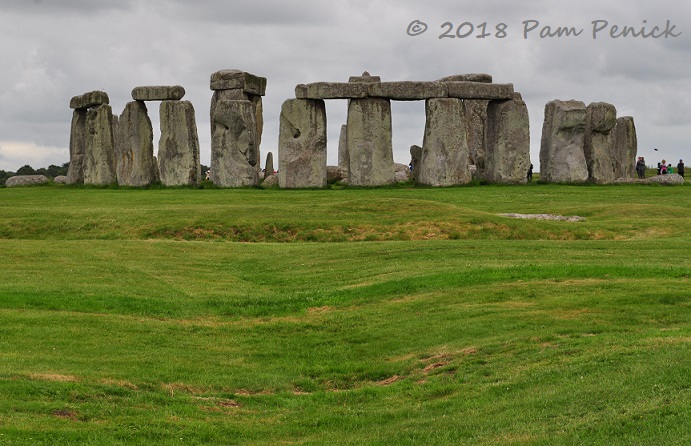
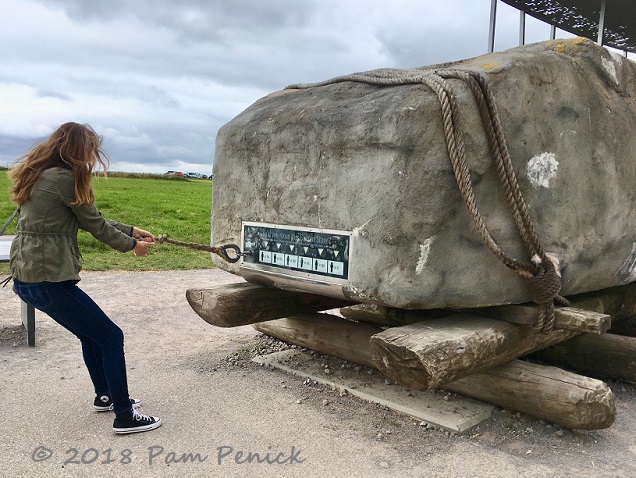
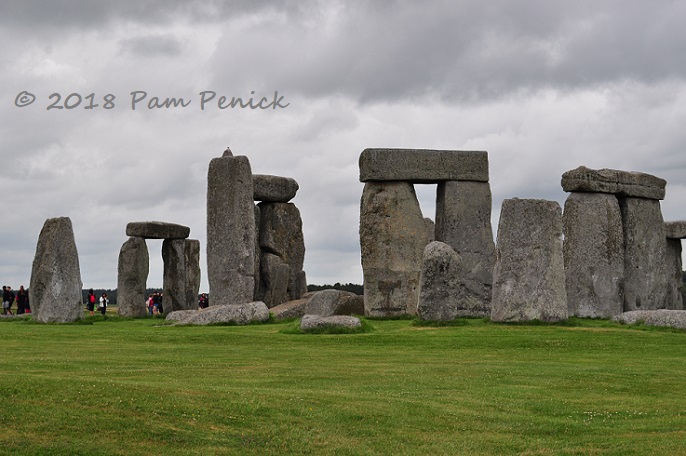
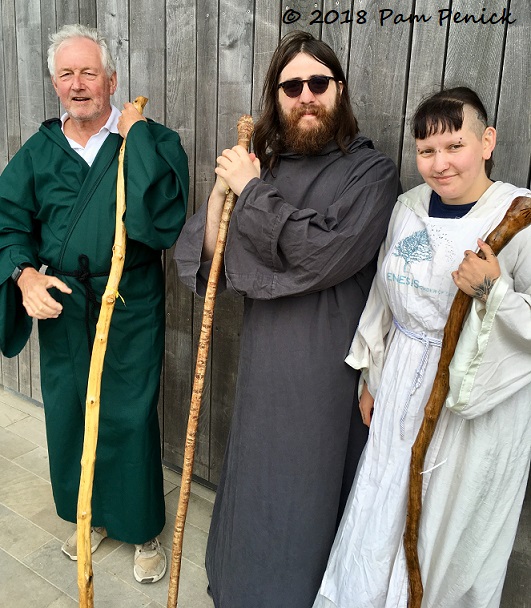

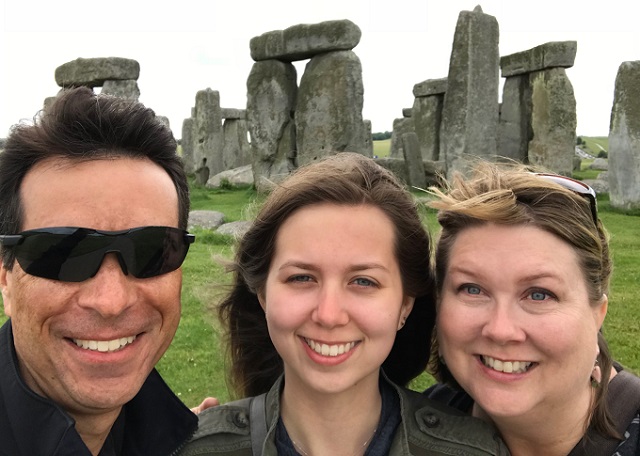
What a memorable trip. Just amazing. Thanks so much for taking us along.
Thanks as always for your generous comments, Lisa!
I love that each of you is wearing a “henge-hat” in the last shot…
Thanks for a grand tour.
P.S. Kudos for handling yourself with tact and professionalism in the face of a recent public meltdown.
Thank you, Nell. That means a lot.
I second that comment. Your kind and caring response was truly classy.
And I so enjoyed all of your posts of your vacation-thank you!
Thank you, Maggie.
I’m so glad you got to visit this fabulous, mystical place, and thanks for sharing the experience.
I’m really glad too. I didn’t make the journey the first time I was in England, more years ago than I care to count. Better late than never, though.
That is very cool. Still haven’t made it there, partially because I’ve been wondering about the crowds, but your enthusiasm and tips have convinced me to go!
Jean, you really must go. It’s fascinating if you have any interest in history or ancient civilizations.
Beyond cool! Thanks for sharing this visit and all your other posts from Europe, Pam. I enjoyed each and every one.
It’s great to hear that, Kris — thanks!
Love this posting, Pam. Spending the first half of my life in England, I visited Stonehenge several times and took my children there when they were small. There were no restrictions back then so it was a very different experience. I like what English Heritage are doing to preserve the site, although it means visitors have to pay these days. Now I must read the rest of your postings about your travels. P. x
I bet it was incredible to be able to walk among the stones — memories to treasure. Still, I’m amazed it was allowed, considering how destructive (accidentally or purposefully) some people can be. English Heritage has set up a very nice visitors center and a way to experience the site. Kudos to them!